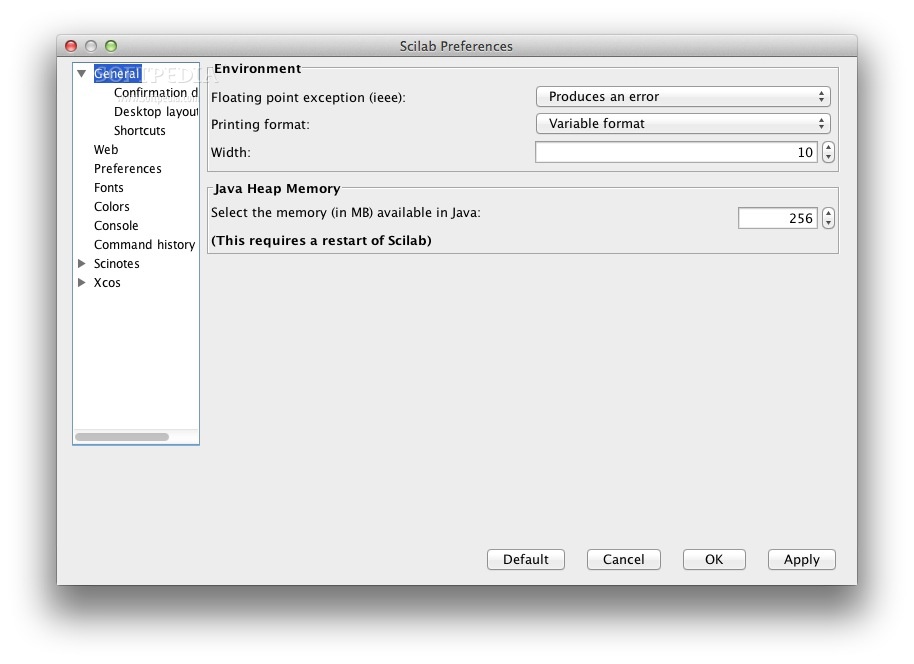

RRS reduces the cost for storage but at the same time does not replicate the data to as many different storage devices as it would do without this option. thumbnail images, one can use the “Reduced Redundancy Storage” (RRS) option of Amazon S3. If that data is easily reproducible, e.g. As Amazon S3 does not provide any kind of transactional behavior, moving for example data from one key to another might result in the state that the data is successfully created at the new location but the subsequent deletion of the old key fails. The same is true for subsequent updates of different objects, also known as transactions.

This means that if your application needs to protect an existing object against modifications from other processes, you have to implement this functionality in your own application. Object locking is not supported in Amazon S3. In this case it may happen that the process still reads the old data. Another case is when the data is updated and read directly after the update. The other way around it can occur that after having deleted an object, the object is still listed as member of the bucket.

For example, after having added a new object to a bucket, a listing of the bucket’s content may not return the new object. As the data written to a key is distributed over the machines at Amazon, a successful write operation also means that the data has been replicated within Amazon’s cluster and is safe against the failure of machines within the cluster.īut as the information about new data has to be distributed over the cluster it can happen that operations subsequent to a modification do not reflect the update. The atomicity of the operation guarantees that no corrupted data is left over when something goes wrong. This means that the operation is either successful and all data is written or not successful and no data is written. The following regions are currently available: This helps end users to optimize latency times and to address regulatory requirements. Therefore you can choose the region a bucket is located on. The version is optional and can be left out.Īlthough Amazon states that you can access the data from anywhere around the world, for many applications it is crucial to know where the data resides. In the example before javacodegeeks was the bucket, s3. the web service endpoint and photos/geek.jpg the key. Hence the combination of “web service endpoint + bucket + key + version” identifies an object in Amazon S3. Īs buckets span namespaces, every object within a bucket has a unique key. For example, the image file geek.jpg that is located in the bucket javacodegeeks has the URL. Buckets are also used for access control, usage reporting and transfer charges. You can think of a bucket as a collection of objects that share the same namespace. It is also possible to provide user-defined metadata, like for example the application used to create this object. Next to default information like the last modification date this information also provides standard HTTP metadata like the Content-Type. The metadata is a set of name-value pairs that provide additional information about the object. An object consists of the actual data enriched with metadata. The basic unit to store data inside Amazon S3 is the “object”. Amazon also integrates the storage service into other services, hence it is possible to use the data stored in S3 also for analytical investigations or face recognition. Beyond that applications may store use data in S3. Projects can store their webpage on Amazon S3 as well as artifacts needed by their application. It offers a simple to use web service interface that can be used by application developers for different use case. On the search for new business models, Amazon was one of the first pioneers to offer the services build for their own business also to customers.Īmazon S3 is therefore a storage service that is designed to store “any amount of data at any time anywhere on the web”. This let Amazon create its own service based infrastructure. While Amazon’s web shop grew over the years, the need for a scalable IT infrastructure became more urgent from day to day. AWS KMS–Managed Customer Master Key (CSE-KMS) 5.5. Customer-Provided Encryption Keys (SSE-C) 5.4. Amazon S3-Managed Encryption Keys (SSE-S3) 5.2. Storage Classes Object Lifecycle Management 5.


 0 kommentar(er)
0 kommentar(er)
